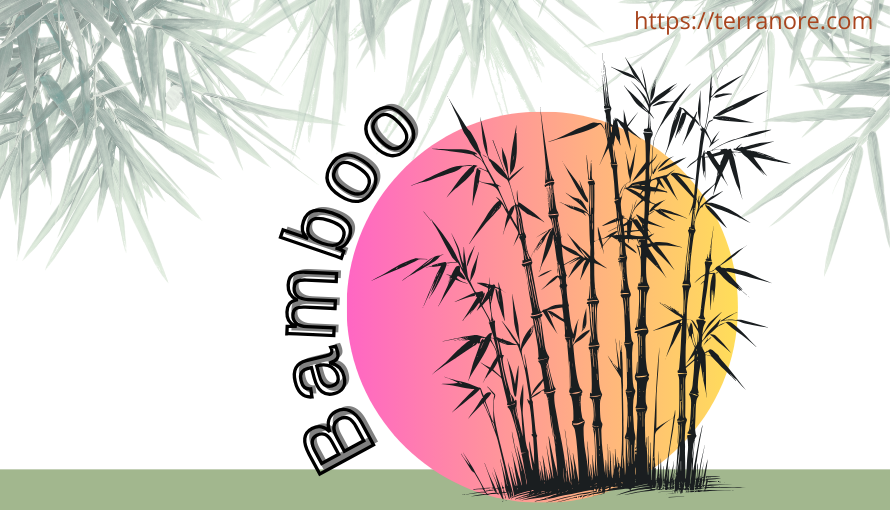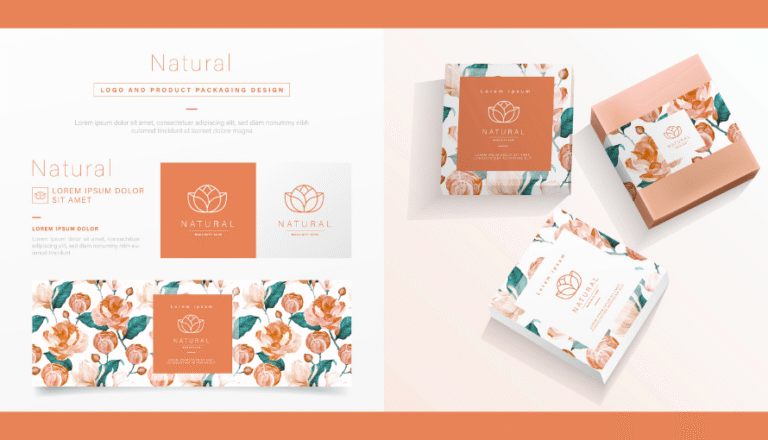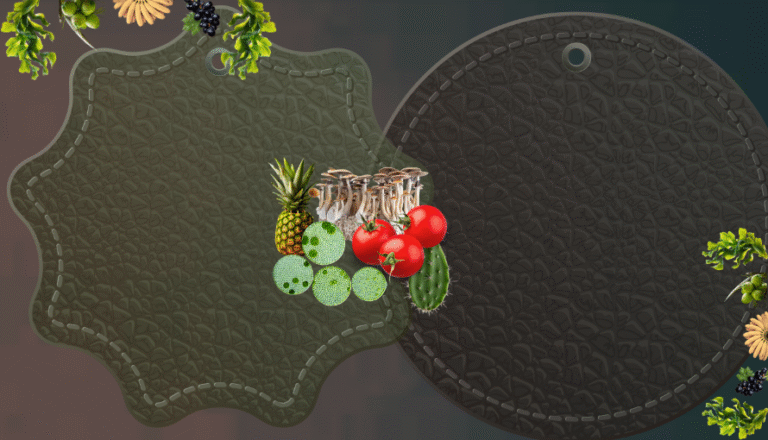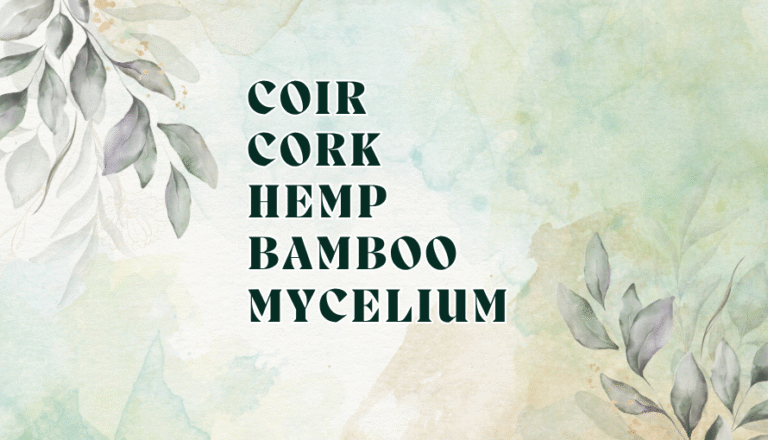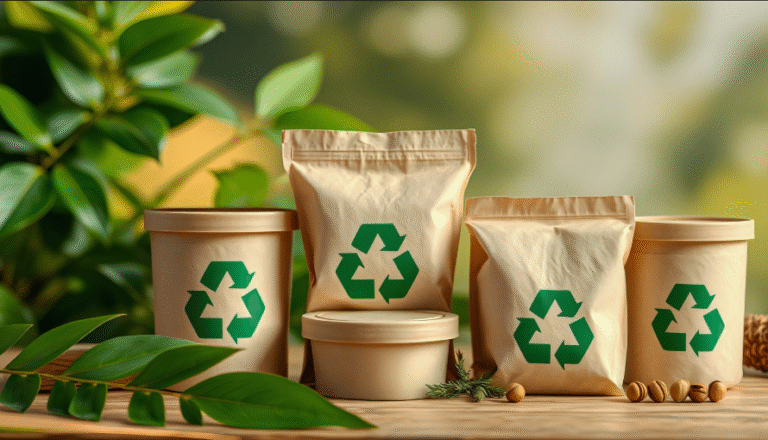From Bold to Basics, We Often Get Lost Along the Way
In today’s hustle-and-bustle life, we often forget the essentials. At the end of the day, all we truly need is food, clothing, and shelter, everything else is just background noise (unless you’re a teenager who counts Wi-Fi as a basic need!).
Now imagine one plant that can give you all three. That’s right, bamboo isn’t just grass, it’s a quiet superhero. Let’s explore some fascinating facts and stories about how bamboo feeds, clothes, shelters, and surprises us.
The Real Height Champion: Why Bamboo Beats Us All
As kids, we all dreamt of growing taller – because let’s be honest, height felt like the ultimate superpower for looking cool, confident, and maybe even a little heroic. Some of us tried swimming, others picked up basketball, secretly hoping every jump shot or stroke would stretch us just an extra inch. Growing taller always felt like the shortcut to personality and presence.
But you know who really wins the height game? Bamboo.
This green overachiever can shoot up to 91 cm (35 inches) in a single day. That’s 1.45 inches an hour! Imagine if humans grew at that pace—you’d wake up, eat breakfast, and by lunch, already need a brand-new pair of pants.
More Than Tall Tales: The Legacy of Healing
Everyone dreams of leaving a legacy. Not the kind where people only remember you for always being late to Zoom calls, but one built on kindness by making someone’s world brighter.
While humans strive to be remembered by following trends, bamboo whispers that true legacy isn’t about being loud or shooting skyward, but about quietly healing and nurturing along the way.
Bamboo shoots are a powerhouse of nutrition, rich in calcium, fibre, and antioxidants and have been used in Traditional Chinese Medicine for centuries to strengthen bones, kidneys, and gut health.
Bamboo leaves, when brewed as tea, ease stress, improve sleep, and restore balance – quietly but powerfully, like nature’s own gentle remedy.
From Trees to Grass: The Rebel Paper-Maker
A single tree can produce about 8,500 A4 sheets of paper—which sounds impressive, until you realize that’s one tree gone for what might just be a week’s worth of office printing blunders. But what if we swapped trees for perennial grass—endless supply, lightning-fast growth, and zero guilt?
In 2016, India imported 2.3 million tons of bamboo worth nearly $141 million. For decades, the Indian Forest Act of 1927 treated bamboo as a “tree,” restricting its cutting and cultivation. Thankfully, in 2017, an amendment freed bamboo from that category.
So perhaps the paper of the future won’t come from a fallen tree, but from bamboo—nature’s fast-growing rebel that refuses to be tied down by old laws.
Strength Test: A Powerhouse That Stands Alone
If bamboo were a comic book character, it would be strong like Superman and flexible like Spider-Man. With tensile strength reported between 115 and 370 N/mm² (averaging 164 MPa), this humble grass can hold its own against mild steel, which typically ranges from 400 to 550 MPa. Impressive, right?
With its hollow tubes reaching up to 130 feet high and stems a foot thick, this multitasker can raise entire houses on its own. For centuries, it has shifted roles—serving as scaffolding, bridges, flooring, roofing, and walls—while also shaping furniture, lighting, carpets, and décor. Despite flaunting its versatile mastery, bamboo bends without breaking, reminding us that true strength isn’t about being rigid, but about remaining resilient and grounded.
“According to the World Bamboo Organization, bamboo’s versatility in construction and daily life has made it one of the world’s most sustainable resources.”
The Wardrobe Upgrade: From Plastic to Fantastic
While nearly 50% of our clothing is made from non-biodegradable polyester, which takes 20 to 200 years to decompose, bamboo fabric typically breaks down within 6 months to 5 years. That’s up to 40x faster, without polluting soil, water, or natural resources.
Once upon a time, clothes simply protected us from weather. Today, we expect them to do much more, shielding us from UV rays, sweat, and skin allergies, while still making us look stylish.
What if we could enjoy a silky-smooth texture like silk or cashmere, at 70–80% less cost? Bamboo fabric can be produced for around $5–10 per meter, compared to silk, which costs $40–50 per meter.
Bamboo fabric isn’t just a replacement—it’s an upgrade from the beta version to the premium edition.
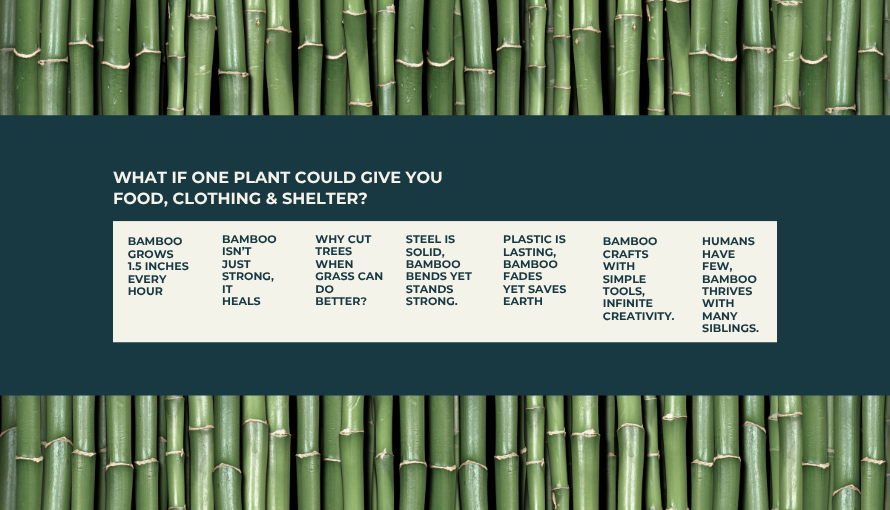
From Garages to Balconies: The Bamboo Startup Story
We’ve all heard the legendary stories—visionaries starting from garages, dropouts turning billionaires, built on grit, brains, timing, and a sprinkle of luck. But behind every fairy tale, the truth usually includes finances, factories, and fortune.
Here’s the twist: what if your “garage” was just a balcony? Yes, you heard that right.
With nothing more than a knife, a little weaving skill, and bamboo sticks, we could start creating. From baskets, mats, and wall décor to toys and woven slats—the possibilities are endless.
And with a bit more practice? You’re looking at lamps, furniture, and statement pieces. Who needs Silicon Valley when you’ve got a balcony and bamboo?
The Sibling Saga: 1,800 Bonds for Life
Did you know the global average human lifespan is about 73 years? In that time, the longest relationship we usually have is with our siblings—parents leave before us, partners enter our lives a couple of decades later, but siblings are there almost throughout.
As kids, many of us longed for a baby brother or sister just to experience the sharing, caring, and even the silly fights. Yet the sad reality is that, at the end of life’s tunnel, often what remains are only the fairytales of sibling memories.
But what if someone were privileged enough to have not one or two, but 1,800 soulmates from birth? Sounds unreal? Let me unravel it—bamboo lives that reality with nearly 1,800 species worldwide, never once worrying about who gets the bigger room.
“Hey reader, I’ve poured my experiences and thoughts into this blog with the hope of sparking curiosity and conversation.
If this resonated with you, or if you share similar interests, I’d be delighted to continue the conversation. Your feedback truly means a lot.
Feel free to drop me a message or visit my website for more stories and insights.“

